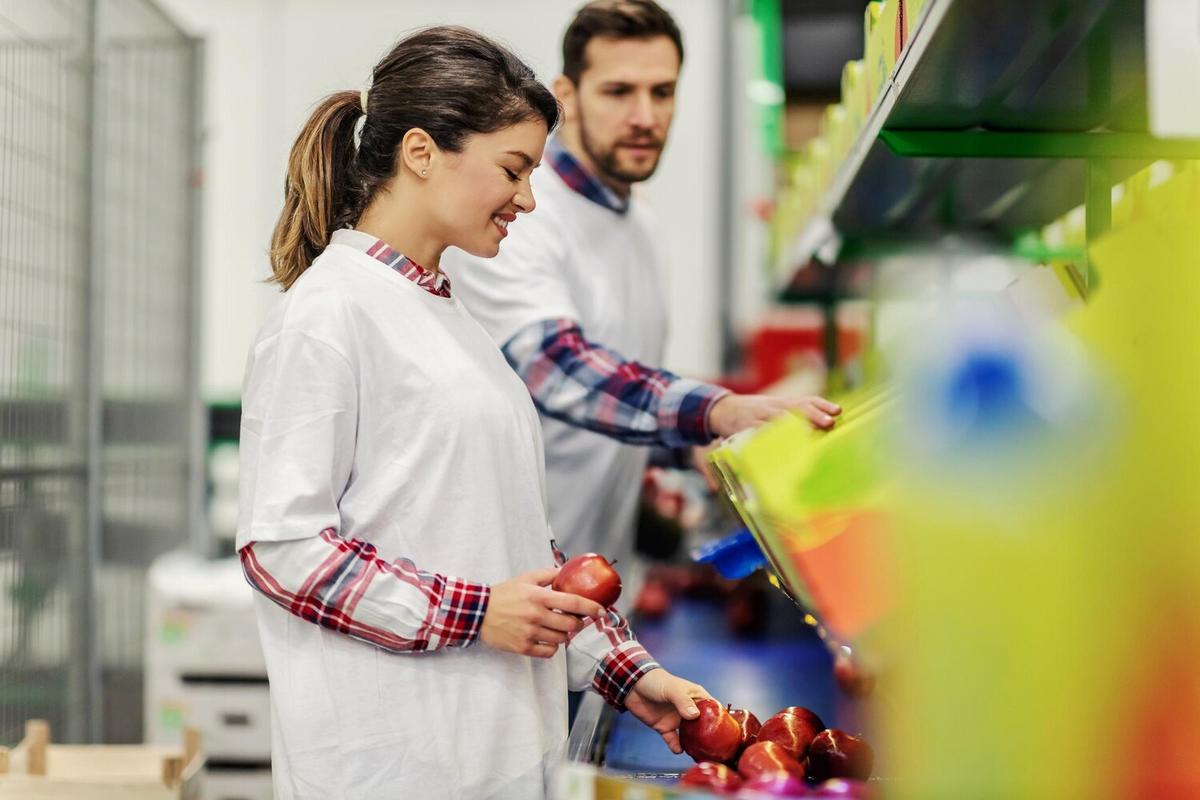Blockchain technology is making waves across various industries, and the food sector is no exception. With growing consumer demand for transparency and authenticity, blockchain holds the potential to revolutionize how we track and verify the journey of food from farm to table.
Understanding Blockchain in the Food Industry
Blockchain, often associated with cryptocurrencies, is a decentralized ledger that records transactions in a secure and transparent manner. In the context of the food industry, it offers a way to trace the origin, handling, and processing of food products, thus ensuring that they meet safety and quality standards.
Expert Insights on Blockchain’s Impact
According to a report by the Food and Agriculture Organization, blockchain technology can significantly enhance food traceability and safety by providing a tamper-proof record of the food supply chain. Experts highlight that blockchain can help reduce food fraud and waste, ensuring that consumers receive products that are genuine and safe.
Case Study: Blockchain in Action
One notable example of blockchain in the food industry is its use in tracking seafood. By recording each step of the seafood supply chain—from the fishing vessel to the supermarket—consumers can verify the sustainability and authenticity of their purchase.
Why Blockchain Matters: Key Benefits
- Transparency: Blockchain provides a transparent view of the entire supply chain, enabling consumers to see where their food comes from.
- Authenticity: By verifying the origin and handling of food, blockchain helps combat food fraud.
- Safety: With real-time tracking, any food safety issues can be identified and addressed promptly.
- Efficiency: Streamlining supply chain processes reduces costs and improves efficiency.
| Attribute | Traditional Methods | Blockchain-Enabled |
|---|---|---|
| Traceability | Limited | Comprehensive |
| Transparency | Opaque | Clear |
| Security | Vulnerable | Secure |
| Data Integrity | Questionable | Verified |
| Fraud Prevention | Challenging | Effective |
| Cost | High | Reduced |
| Time Efficiency | Slow | Fast |
| Responsiveness | Delayed | Immediate |
Actionable Tips for Implementing Blockchain
- Start small by implementing blockchain in one segment of your supply chain to test its effectiveness.
- Collaborate with tech providers who specialize in blockchain solutions for the food industry.
- Educate your team on the benefits and functionalities of blockchain to ensure smooth integration.
The Future of Blockchain in Food
As blockchain technology evolves, its role in the food industry is expected to expand, offering even more innovative solutions for transparency and quality assurance. By embracing blockchain, food companies can not only meet consumer demands but also enhance their operational efficiency and brand trust.
FAQ
What is blockchain?
Blockchain is a decentralized digital ledger that records transactions across many computers so that the record cannot be altered retroactively.
How does blockchain improve food safety?
Blockchain provides real-time tracking of food products, allowing for quick identification and resolution of safety issues.
Can blockchain reduce food fraud?
Yes, by verifying the authenticity and origin of food products, blockchain helps prevent food fraud.
Conclusion
Blockchain technology is poised to transform the food industry by providing transparency, authenticity, and efficiency. By understanding and leveraging this technology, food businesses can enhance their operations and build trust with consumers, ensuring a safer and more reliable food supply chain.




Leave a Reply